Former U.S. President Donald Trump’s recent week-long tour of Asia marked one of the most consequential — and theatrical — foreign trips of his political career. Spanning stops in Japan, South Korea, and a surprise engagement in Southeast Asia, the trip blended hard-nosed deal-making with personal showmanship, underscoring Trump’s intent to reassert U.S. influence across a region increasingly defined by its rivalry with China.
From headline-grabbing trade announcements to symbolic gestures of unity with allies, the Asia tour offered a vivid snapshot of how Trump envisions America’s role in the global order — bold, transactional, and unmistakably centered on himself.
A New Economic Agenda for the Indo-Pacific
Trump’s first stop in Tokyo set the tone for a week dominated by economics and geopolitics. Meeting Japan’s Prime Minister Sanae Takaichi — the country’s first female leader — the two unveiled a sweeping trade and technology partnership aimed at securing rare-earth minerals and strengthening supply chains critical to both economies.
The deal, framed as a counterweight to China’s dominance in advanced materials and semiconductor manufacturing, also pledged joint investments in artificial intelligence, battery innovation, and next-generation defense systems. Japan’s government hailed it as a “historic alignment of economic and strategic goals,” while Trump lauded it as proof that “strong allies build strong industries.”
For Trump, the optics were powerful — a statesman forging new alliances while highlighting his “America First, but not America alone” approach. Yet analysts warn that the deal’s success hinges on long-term follow-through. Details on implementation remain vague, and previous Trump-era trade frameworks, like the 2019 Indo-Pacific Economic Initiative, often struggled to translate rhetoric into policy.
South Korea: Defense and Symbolism
If Japan was about economic cooperation, South Korea was about military might. In Seoul, Trump met with President Yoon Suk Yeol to finalize a new defense agreement expanding joint naval operations and authorizing the development of a nuclear-powered submarine fleet for South Korea — a major strategic step that signals growing alignment against regional threats.
The ceremony that followed was pure Trump: grand processions, gold-trimmed halls, and a symbolic “crown of peace” presented by Yoon in recognition of Trump’s past efforts to engage North Korea. The imagery was unmistakable — Trump as both dealmaker and peacemaker.
Behind the spectacle, however, the U.S.–South Korea relationship remains a complex balancing act. Trump’s earlier criticism of defense burden-sharing still echoes among Korean lawmakers, and many in Seoul are cautious about over-reliance on Washington amid fears of renewed tensions with Pyongyang.
Still, Trump’s message was clear: “We stand shoulder-to-shoulder against those who threaten freedom in Asia.” The remark drew thunderous applause but also renewed debate over whether such rhetoric could inflame an already volatile North Korean regime.
The Trump–Xi Meeting: A Fragile Truce
The most closely watched moment of the tour came during Trump’s brief but highly publicized meeting with Chinese President Xi Jinping in South Korea’s Gyeongju region. The two leaders, whose rivalry defined much of Trump’s first term, emerged from talks announcing a “mutual understanding” on trade tensions — though specifics were notably absent.
According to sources close to the negotiations, the discussions focused on restoring agricultural exports, stabilizing rare-earth supply chains, and reopening dialogue between U.S. and Chinese defense officials. While the tone was less combative than in previous encounters, neither side appeared ready to make lasting concessions.
Trump characterized the meeting as “tough but respectful,” insisting that progress was made. Yet many observers believe it was more optics than substance — a temporary truce in a broader contest for economic and technological supremacy.
“Trump’s diplomacy thrives on headlines,” one analyst noted. “But behind the headlines, the structural tensions — tariffs, tech restrictions, military posturing — are still very much alive.”
Southeast Asia: The Unexpected Peace Broker
Perhaps the most surprising twist of the trip came in Southeast Asia, where Trump made an unannounced visit to Thailand and Cambodia amid rising border tensions between the two countries. In a move few predicted, he brokered a temporary ceasefire agreement, earning rare praise from both governments.
The deal, though limited in scope, helped avert further clashes and boosted Trump’s image as an unconventional negotiator capable of cutting deals where others hesitate. Regional leaders welcomed his engagement, seeing it as a sign that the U.S. remains interested in stabilizing Southeast Asia beyond the shadow of China.
“This is the diplomacy of deals — unpredictable, personal, and transactional,” said one Southeast Asian diplomat. “But sometimes, that’s exactly what this region responds to.”
A Message to the World — and to Washington
Throughout the trip, Trump’s every move seemed designed not just for foreign leaders but for domestic audiences. With an election on the horizon, his Asia tour projected the image of a confident global leader reclaiming America’s influence abroad.
His speeches emphasized sovereignty, strength, and national pride — familiar themes to his supporters — but also positioned the U.S. as a “guardian of economic freedom” in a world he claimed was slipping toward authoritarian control.
At each stop, Trump repeated a variation of the same message: “The world needs American strength — and American strength needs strong partners.”
Yet critics at home argue that Trump’s transactional diplomacy risks alienating allies who value predictability and multilateral cooperation. Others fear that his focus on bilateral showmanship over institutional stability could erode long-term alliances built over decades.
Analysis: Substance or Spectacle?
While Trump’s Asia tour generated headlines and applause, the long-term impact remains uncertain. Many of the agreements signed lack detailed implementation frameworks. Security analysts caution that expanding military capabilities in South Korea could heighten tensions with both China and North Korea, while economists question whether the rare-earth deal with Japan can realistically shift global supply chains in the short term.
Still, even skeptics concede that Trump achieved what he wanted most — attention, momentum, and the perception of leadership. His ability to dominate international headlines and command the stage abroad remains unmatched.
In the words of one political observer: “Trump may not always change policy, but he changes the conversation — and in global politics, that’s half the battle.”
The Road Ahead
As Trump returns to the U.S., the question is whether his Asia tour marks the start of a new strategic framework or simply another chapter in his ongoing campaign for global visibility. Allies are watching closely to see if promises made in Tokyo, Seoul, and Bangkok materialize — or fade into the political theater that so often defines his diplomacy.

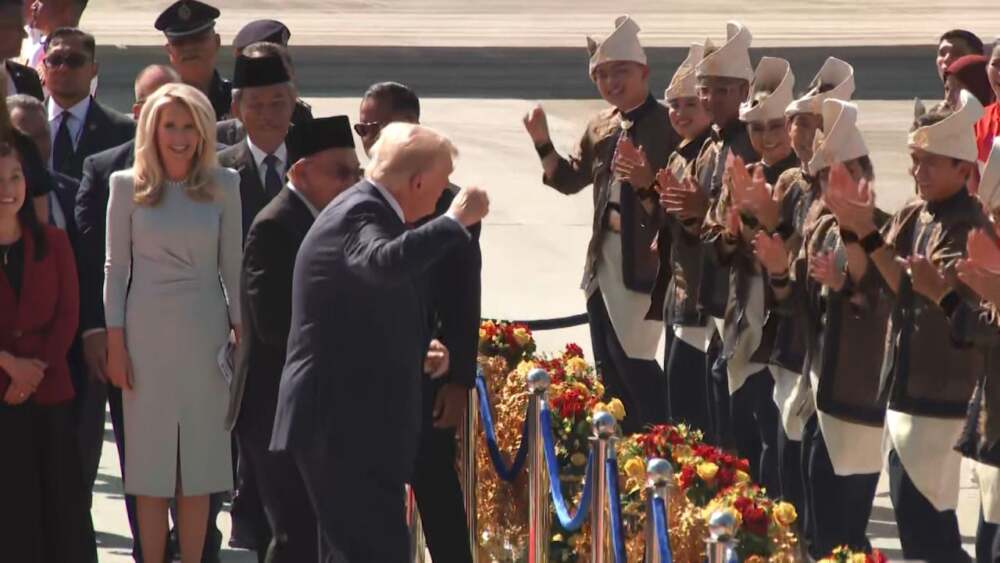
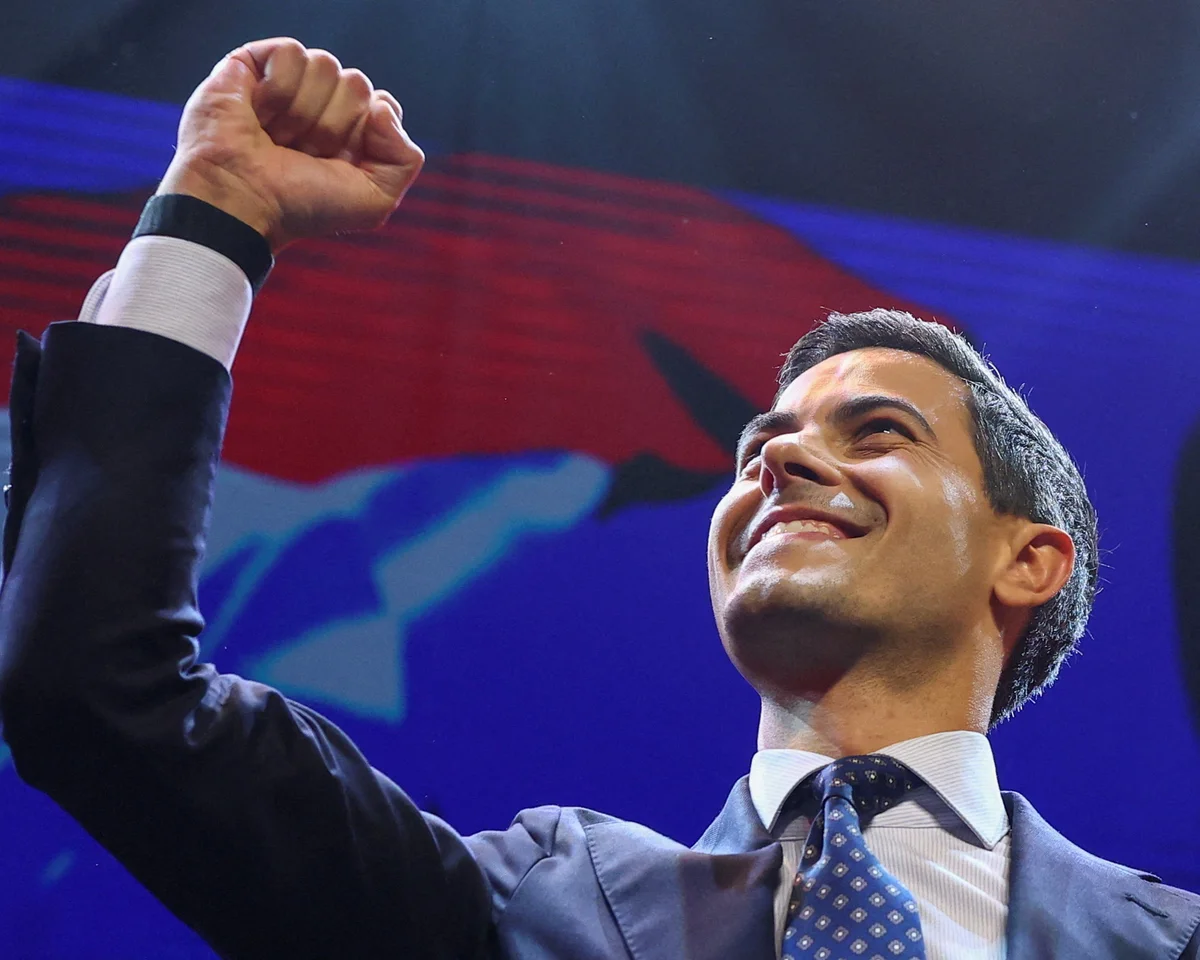

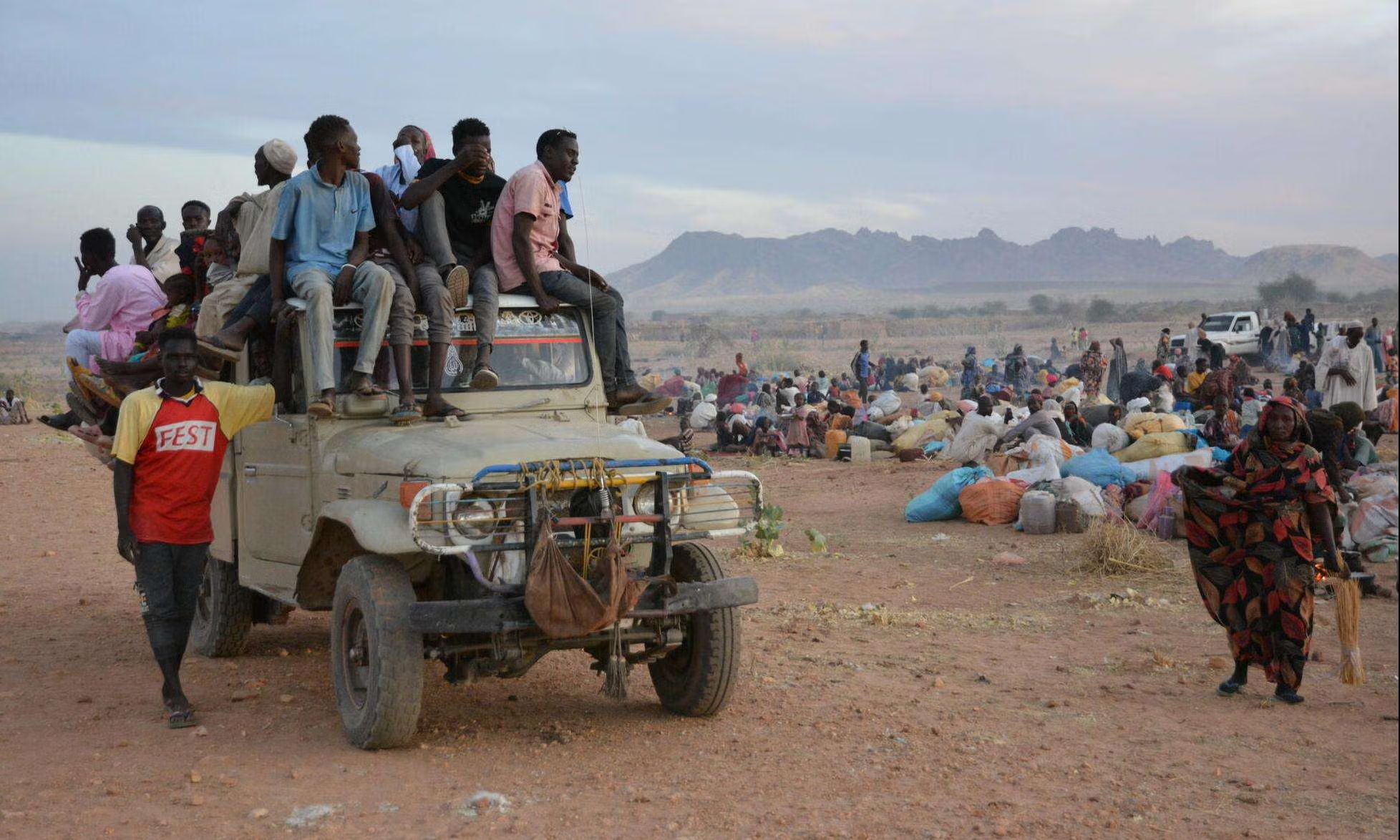
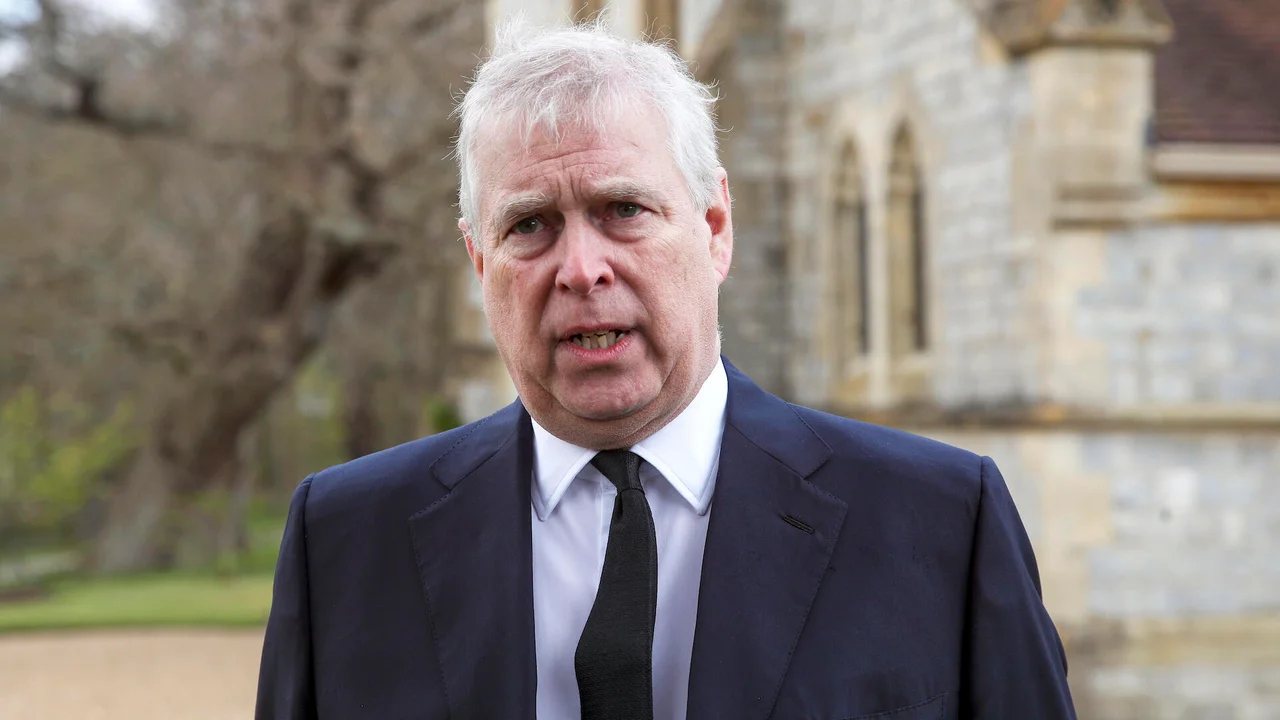
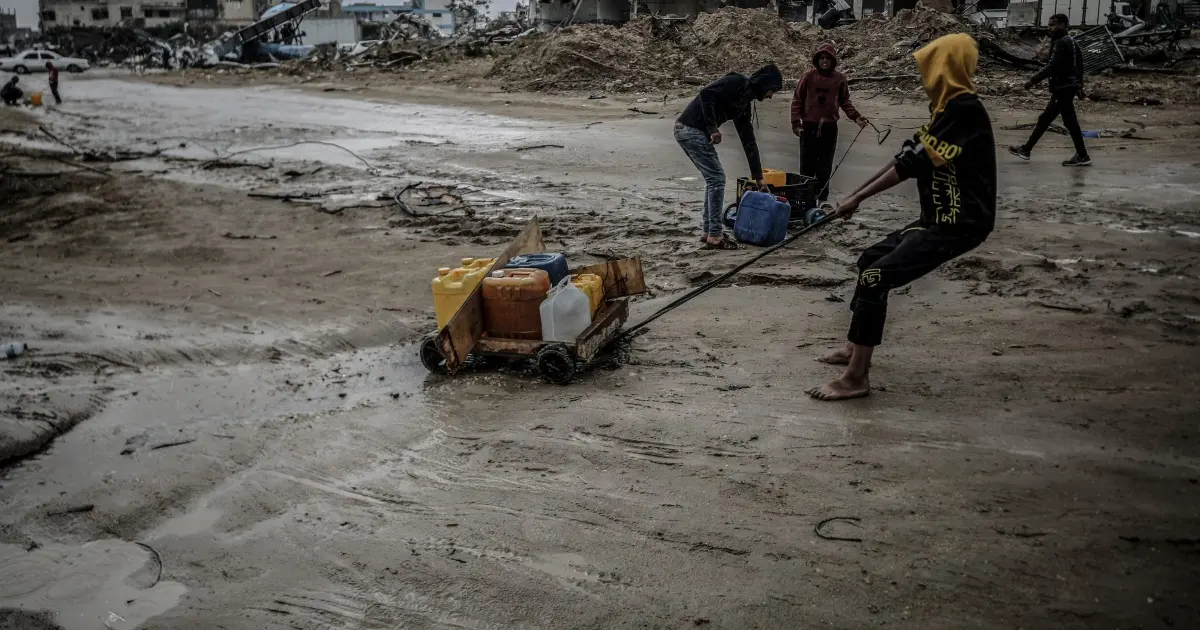
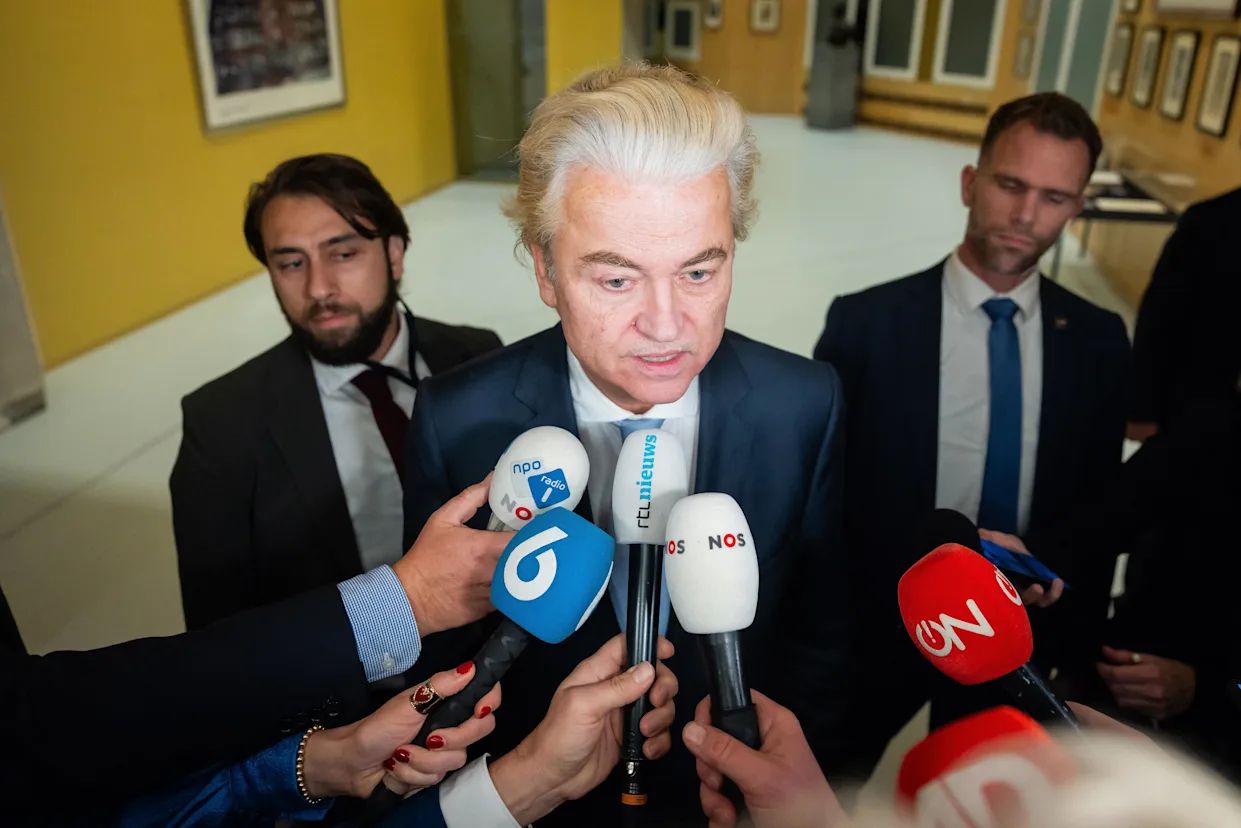
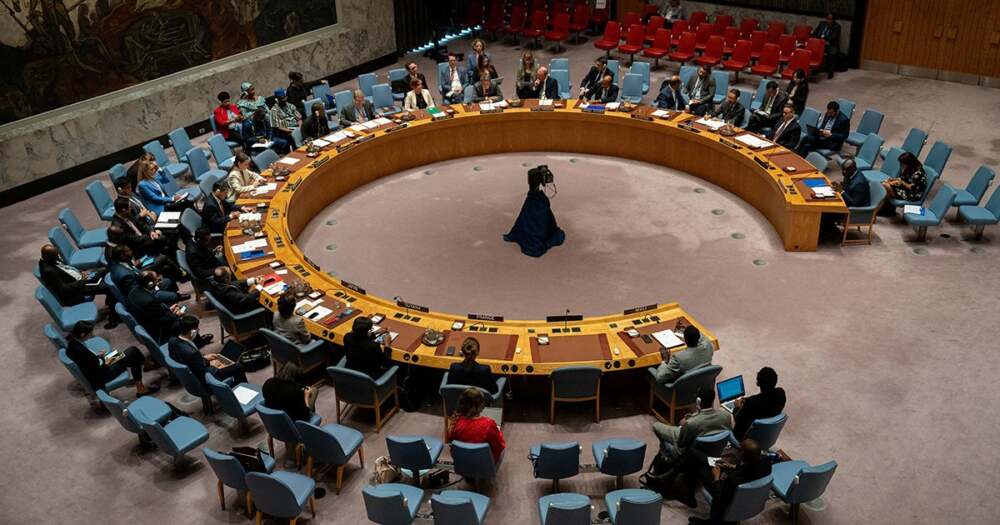
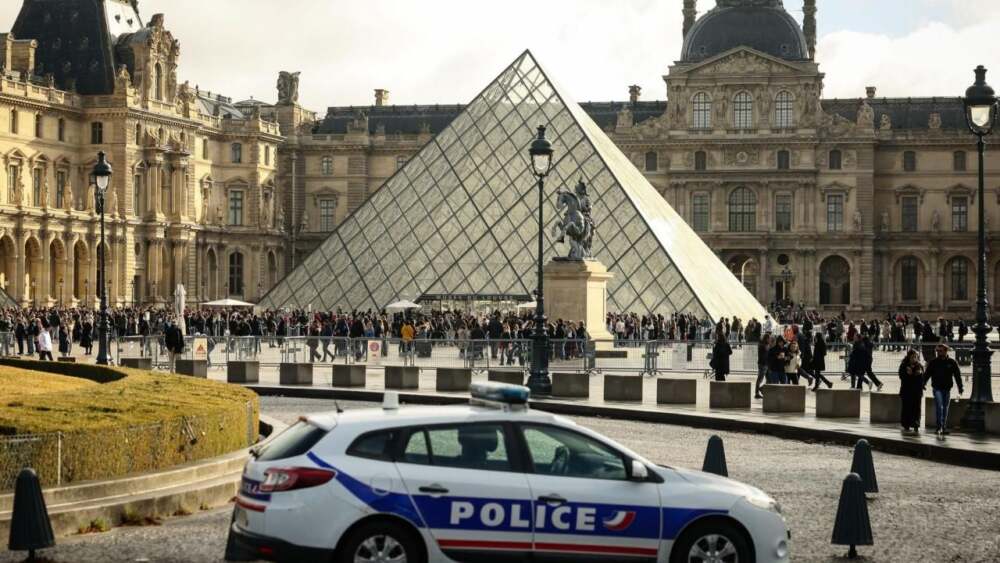
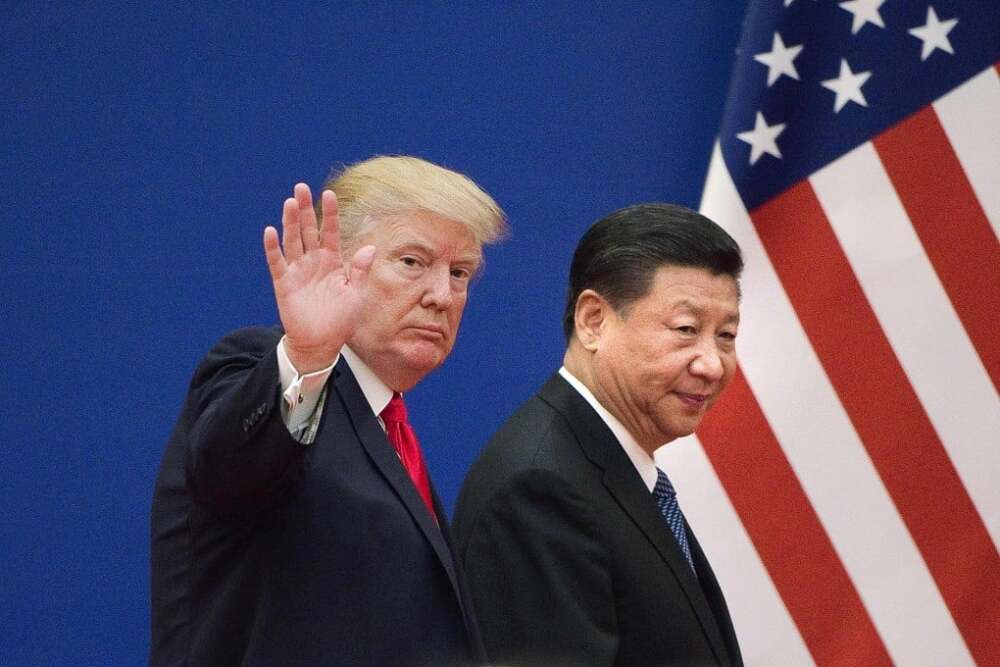

Leave a Reply